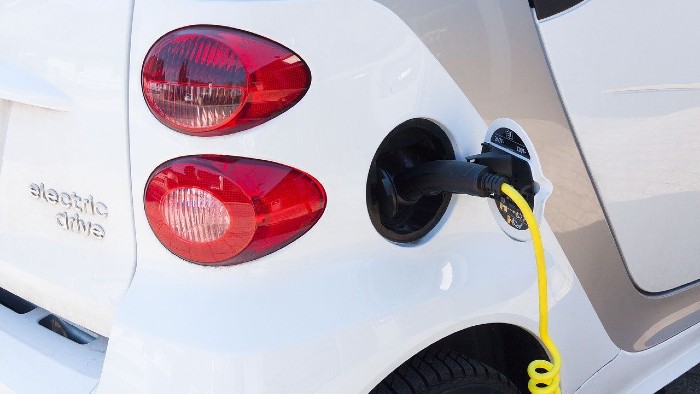By Ashraff Hussni

Malaysia is moving towards a greener and more sustainable future, in line with global efforts to reduce carbon emissions and tackle climate change. In this journey, electric vehicles (EVs) play a crucial role. The EV industry is not only rapidly growing worldwide but is also gaining significant traction in the ASEAN region, including Malaysia. The country has laid a solid foundation to develop its EV ecosystem, with clear goals set to achieve net zero carbon emissions by 2050.
However, introducing an EV culture into the Malaysian economy is no easy task. Although there is tremendous potential, the main challenge is to drive mass adoption and encourage consumers to purchase electric vehicles. This is where the government plays a crucial role by implementing policies that support the growth of the EV ecosystem.
In the Twelfth Malaysia Plan (12MP), the government has emphasised its commitment to green growth, with EVs as a key strategy to achieve this. Malaysia has introduced policies like the National Automotive Policy (NAP) 2020, which promotes the adoption of Energy Efficient Vehicles (EEVs), including EVs, to reduce carbon emissions. Additionally, the Low Carbon Mobility Blueprint (LCMB) 2021-2030, introduced by the Ministry of Environment and Water (KASA), aims for EVs to make up at least 15% of total vehicle sales by 2030, and for 10,000 EV charging stations to be built by 2025.
Malaysia also has significant potential in the EV manufacturing ecosystem. The country is known as one of Southeast Asia’s leading electrical and electronics (E&E) manufacturing hubs, and this strength can be leveraged to produce high-value components crucial to electric vehicles. With a mature E&E ecosystem, Malaysia can support the manufacturing and assembly of EVs and autonomous vehicles (AVs). 
However, achieving these goals comes with substantial challenges. EVs and their batteries are still relatively expensive due to limited local production of critical components. The availability of charging infrastructure, vehicle services, and supportive policies is also insufficient. Consumer concerns, such as maintenance costs and perceived risks, further hinder the broader adoption of EVs.
To address these challenges, the Malaysian government has established an Electric Vehicle Taskforce, led by the Ministry of International Trade and Industry (MITI). This task force was formed to develop comprehensive EV policies and streamline incentives to encourage EV adoption in Malaysia. MIDA, as one of the key agencies, is committed to attracting high-quality investments in the EV supply chain.
The government has also introduced various incentives to stimulate the growth of the EV industry. Among these incentives are full exemptions from import duties, excise duties, and sales tax for locally assembled EVs until December 31, 2025. Additionally, EV users are eligible for road tax exemptions until the end of next year. These initiatives are expected to boost EV ownership and drive green investment in Malaysia.
In addition, attractive tax incentives are available for the development of critical EV components, such as battery management systems and charging technologies. These incentives, including tax reliefs for EV charging infrastructure, demonstrate the government’s commitment to strengthening Malaysia’s EV ecosystem.

For example, two leading South Korean companies, Samsung SDI Energy Malaysia and SK Nexilis, have made substantial investments in EV battery cell and component production in Malaysia. These investments reflect international confidence in Malaysia’s commitment to a greener future.

In this effort, Tenaga Nasional Berhad (TNB) has also played a key role by implementing a 10-Year EV Roadmap that targets 500,000 electric vehicles and 18,000 charging stations by 2030. To achieve this vision, TNB is building EV charging infrastructure across the country while conducting research and development on smart charging and autonomous vehicle technologies.
With strong policies, investment support, and public-private partnerships, Malaysia is on the right track to realise its green mobility aspirations by 2050. These efforts not only aim to reduce carbon emissions but also to create high-skilled job opportunities, attract green investments, and build a more sustainable future for the next generation.






